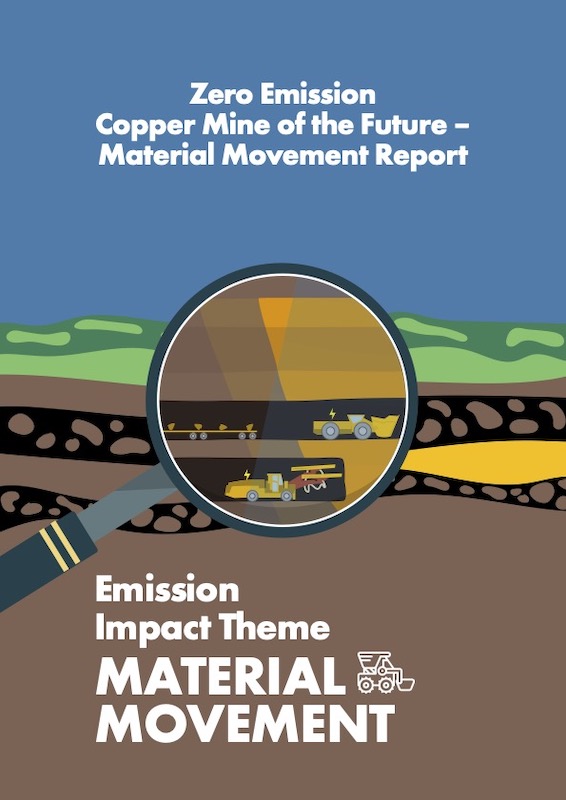 Material movement is a foundation process in copper mining. As copper demand continues rising, especially due to expanding renewable energy and zero emission systems, material volumes moved at copper mining sites are increasing. In addition to rising metal demand, declining ore grades further increase material movement.
Material movement is a foundation process in copper mining. As copper demand continues rising, especially due to expanding renewable energy and zero emission systems, material volumes moved at copper mining sites are increasing. In addition to rising metal demand, declining ore grades further increase material movement.
Despite recent supply chain and energy market disruption, economists predict that global action for emissions abatement will continue or accelerate in the near and mid-term. Mining sites globally are boosting electrification of site vehicles, haulage/ transport equipment, and conversion of diesel fired generators, while renewable energy systems, especially solar photovoltaics, have expanded in the last three years alongside hybrid systems like batteries and supplementary diesel or biofuel systems.
Increased materials movement creates an imperative for industry to develop economic, pragmatic, and effective technical solutions to cut emissions.
Fragmentation processes, namely drilling and blasting, are at the front face of mine operations. The blasting process can contribute greenhouse gas as nitrous oxide, a powerful global warming by-product.
Effective conveying and developments in analyser[1]guided ore sorting can greatly reduce excessive materials movement, yielding higher energy efficiency, greater capital productivity, and lower emissions.
Haulage is traditionally achieved by diesel machines, but battery and trolley electric drive systems are available. The excessive mass and slow re-charge cycle times of battery systems make hydrogen fuel systems attractive, and early stage demonstrations are emerging.
Effective disposal preparation and maximised reuse by-products such as underground mine backfill also contribute to optimisation.
A wide range of industrial digital technologies and automation systems are in use or in development to support emissions reduction. Autonomous mine truck driving systems show how the mining industry’s early adoption of innovation yields paybacks that can precede other industrial demonstrations.
Each mine site is unique. The differences among open cut, underground, and hybrid operations plus site lifecycle phases can indicate which technologies to adopt for optimum capital efficiency, operating costs, and emission reduction performance.
Meaning each site must outline its own unique “Roadmap to Zero”.
This report provides both an overview of technology solutions available today covering (Horizon 1), tomorrow (Horizon 2), or future solutions (Horizon 3). Miners, OEMs and METS providers are presented options for catalyst pathways including partnerships, collaborations and consortia, among others.
And this Report aims to provide mining executives with a clear view of how to move forward in this complex era.
Mine operators who prepare earlier and execute with excellence will fare better than producers who are late to implement effective changes in time to respond to rising environmental, social licence, governance, and cost imperatives in the emission constrained future.
Download
Please enter your details below to download the report.